Evolution of State
Evolution of the State
The evolution of the state is a long and complex process that reflects changes in political, social, economic, and cultural structures throughout history. The concept of the state, as we understand it today, has its roots in ancient civilizations but has undergone significant transformations over time. This evolution can be traced through several stages, from early primitive societies to modern nation-states.
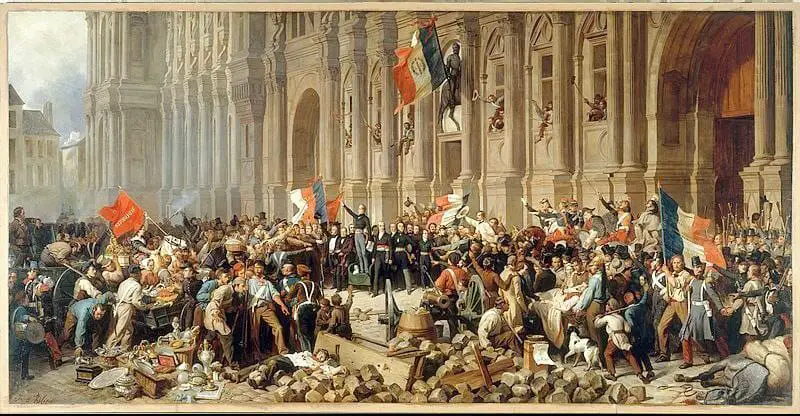
Stages in the Evolution of the State
- Primitive Societies (Tribal Stage)
- Characteristics:
- In early human societies, there were no formal states. People lived in small, kinship-based groups or tribes, often organized around family ties and led by elders or tribal chiefs. These societies were largely egalitarian, with leadership being temporary or based on personal abilities, like strength or wisdom.
- Social Organization:
- Decisions were made collectively, and there were no clear distinctions between rulers and the ruled. Social norms and customs, rather than formal laws, governed behavior.
- Transition to the State:
- As populations grew and people settled into more permanent agricultural communities, there was a need for more structured forms of governance, leading to the development of early forms of political organization.
- Characteristics:
- The Rise of the City-States
- Characteristics:
- The first clear examples of states began to emerge with the development of city-states in ancient civilizations, particularly in Mesopotamia (Sumer), Egypt, Greece, and the Indus Valley. City-states were small, independent political entities centered around a single city and its surrounding territory.
- Social Organization:
- These early states were ruled by monarchs or religious leaders, who held both political and religious authority. The government was centralized, with leaders responsible for maintaining order, organizing large-scale agriculture, and defending the city.
- Example:
- Ancient Sumer in Mesopotamia (circa 3000 BCE) and Athens in Greece (5th century BCE) are classic examples of city-states. Each city-state had its own government, military, and legal system.
- Characteristics:
- Empire-Building
- Characteristics:
- As city-states expanded, they began to conquer neighboring territories, leading to the formation of empires. Empires consisted of vast territories and diverse populations, often ruled by a central authority, usually a monarch or emperor.
- Social Organization:
- Empires were characterized by centralized bureaucratic rule, often with a complex administrative system to manage the large and diverse populations. Laws, taxes, and military duties were imposed by the central government, which often justified its rule through religion or divine authority.
- Example:
- The Roman Empire, which grew from the city-state of Rome to dominate much of Europe, North Africa, and the Middle East, is a prominent example. Other examples include the Persian Empire, the Maurya Empire in India, and the Han Dynasty in China.
- Characteristics:
- Feudalism (Medieval Period)
- Characteristics:
- After the fall of many classical empires (e.g., Roman Empire), the political organization of the state fragmented, particularly in Europe, giving rise to feudalism. Feudalism was a decentralized system where land was the main source of wealth and power.
- Social Organization:
- Political power was shared between kings, nobles, and the clergy, with landowners (lords) having significant control over their territories. Peasants or serfs worked the land and, in return, were provided protection by the lords. The central authority of the king was often weak, with power resting mainly in the hands of local lords.
- Example:
- Medieval Europe (circa 9th to 15th century) is the classic example of a feudal society, where the power of the monarch was limited by the autonomy of feudal lords.
- Characteristics:
- The Modern Nation-State (Post-Westphalian State)
- Characteristics:
- The concept of the modern nation-state began to take shape after the Peace of Westphalia in 1648, which ended the Thirty Years’ War in Europe. This treaty established the principle of state sovereignty, where each state had authority over its own territory without external interference.
- Social Organization:
- Modern states have centralized governments with authority over their defined geographic boundaries. The nation-state is characterized by a sense of national identity, with governments often being democratic or constitutional in nature. Nationalism, the idea that people who share a common language, culture, and history should govern themselves, became a driving force in the development of modern states.
- Example:
- France and England became early examples of centralized nation-states after consolidating their territories and strengthening the power of the monarchy. The United States, after gaining independence from Britain in 1776, became one of the first modern republics based on democratic principles.
- Characteristics:
- The Contemporary State (20th and 21st Centuries)
- Characteristics:
- In the modern era, the state has evolved to become a complex institution responsible for providing a wide range of public services, ensuring human rights, and engaging in international relations. Many states have adopted democratic forms of governance, and there has been a move towards greater accountability, transparency, and protection of individual freedoms.
- Globalization:
- With the rise of globalization, states are increasingly interconnected, both economically and politically. International organizations like the United Nations and regional bodies like the European Union influence state behavior, and states are now expected to uphold international norms and laws.
- Welfare State:
- Many modern states, particularly in the post-World War II period, developed into welfare states, where the government assumes responsibility for the social and economic well-being of its citizens. This includes providing education, healthcare, and social security.
- Example:
- Modern democratic states like Germany, Japan, and Sweden are examples of contemporary nation-states with advanced governance structures.
- Characteristics:
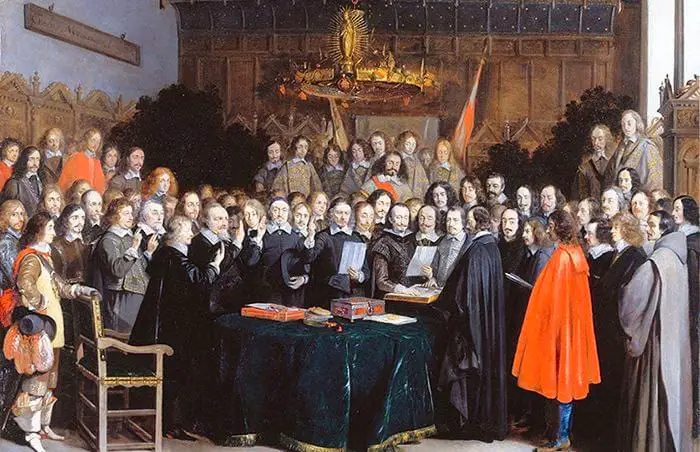
Major Theories Explaining the Evolution of the State
- Social Contract Theory:
- Proposed by philosophers like Thomas Hobbes, John Locke, and Jean-Jacques Rousseau, this theory suggests that the state is a result of a contract between individuals who agree to give up some of their freedoms in exchange for security and order. The state exists to protect individuals’ rights and maintain peace.
- Evolutionary Theory:
- This theory proposes that the state evolved naturally out of early family and kinship structures. Over time, as human societies became more complex and settled, political institutions grew out of these family units to manage increasingly large and complex communities.
- Force Theory:
- This theory suggests that the state emerged through the use of force, as one group or leader took control of others, often through conquest or warfare. The state was created to organize and maintain control over a conquered population.
- Divine Right Theory:
- This theory claims that the state and its rulers are ordained by God. In ancient and medieval societies, monarchs often ruled by claiming divine authority, suggesting that their power was granted directly by a higher power.
Conclusion
The evolution of the state is a reflection of humanity’s progress from simple, kinship-based societies to highly organized and complex political systems. From early tribal communities to modern nation-states, the state has adapted to changing economic, social, and political circumstances, becoming the primary instrument through which societies organize governance, law, and collective action. Today, the state continues to evolve, shaped by globalization, technological advancements, and changing social values.
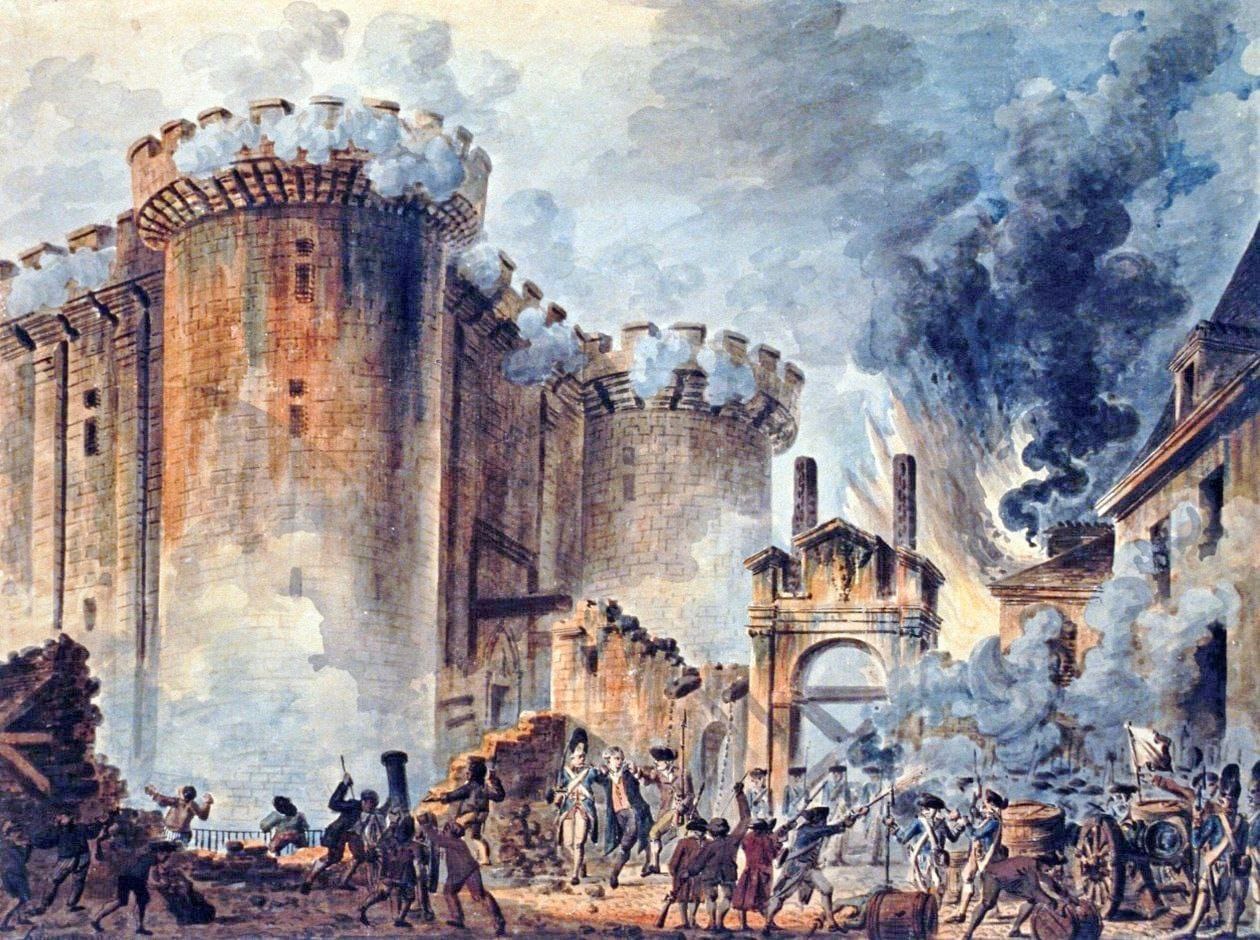

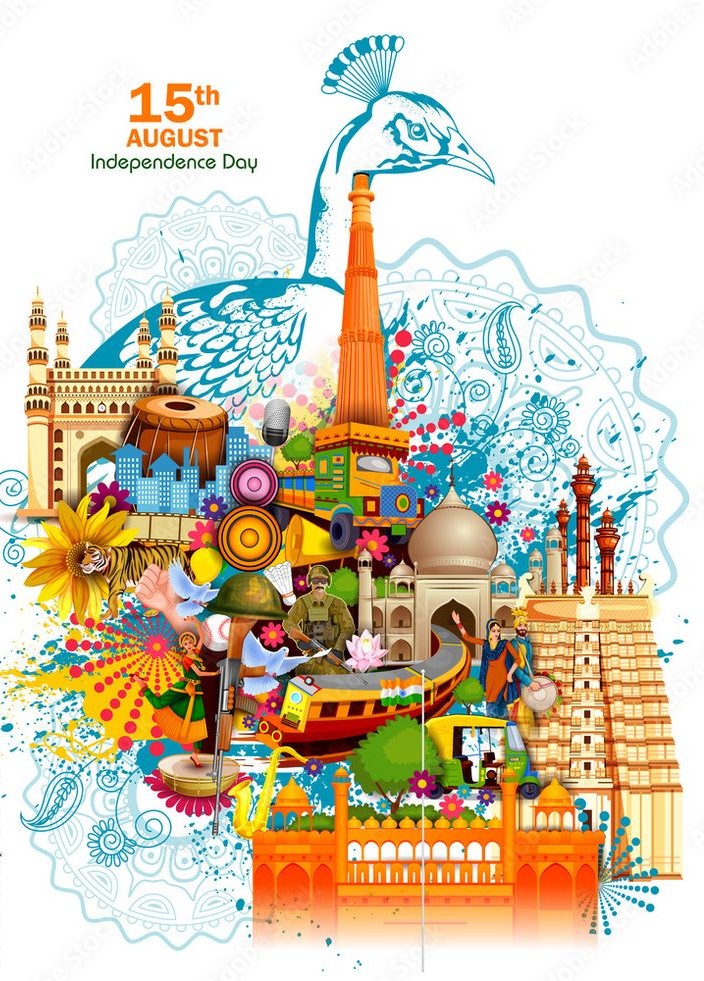

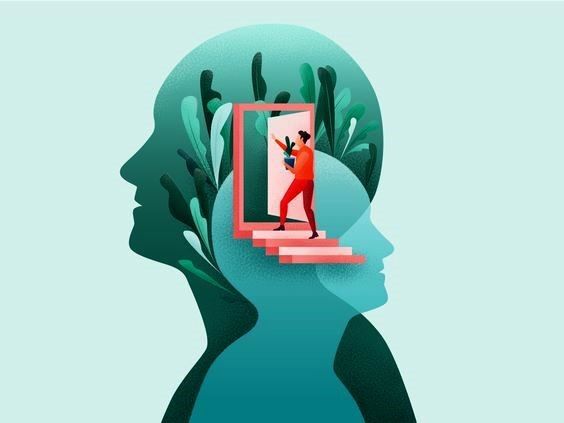

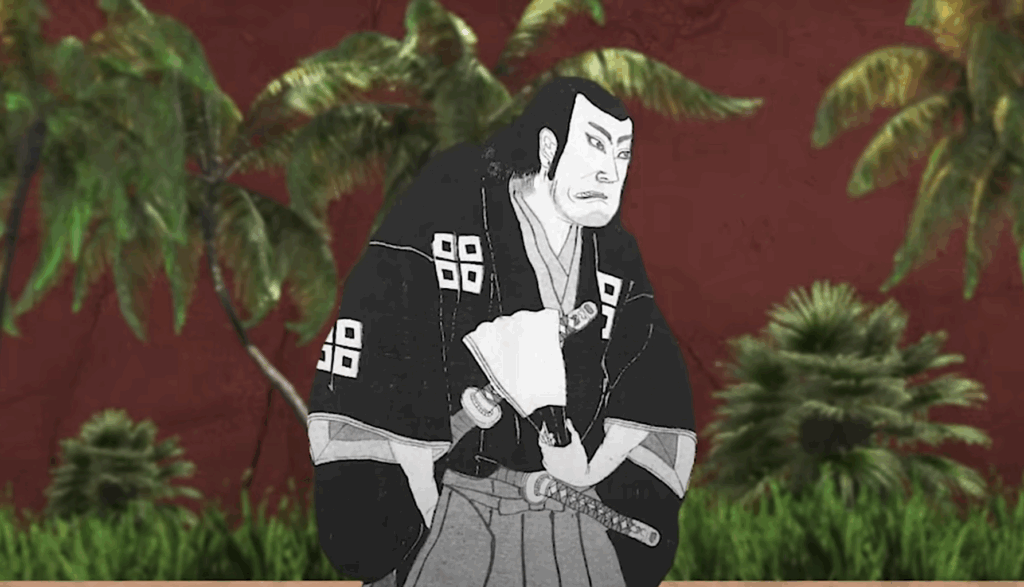






Leave a Reply